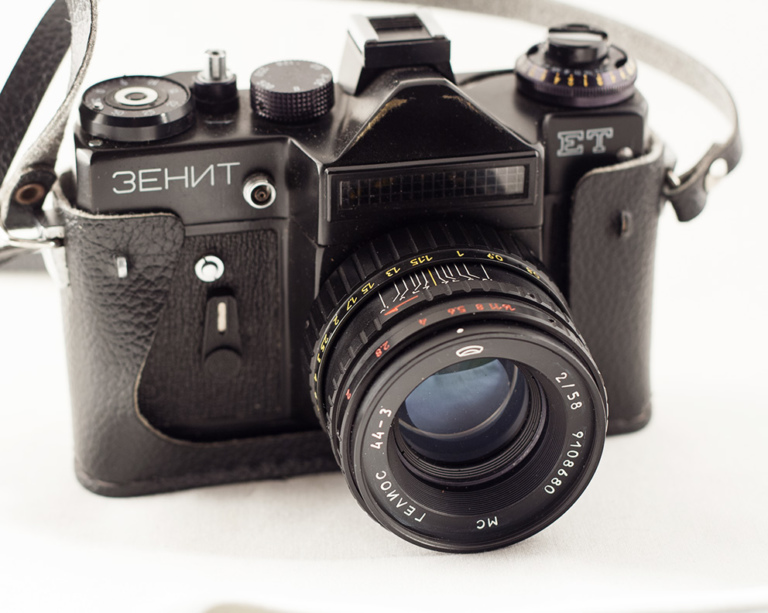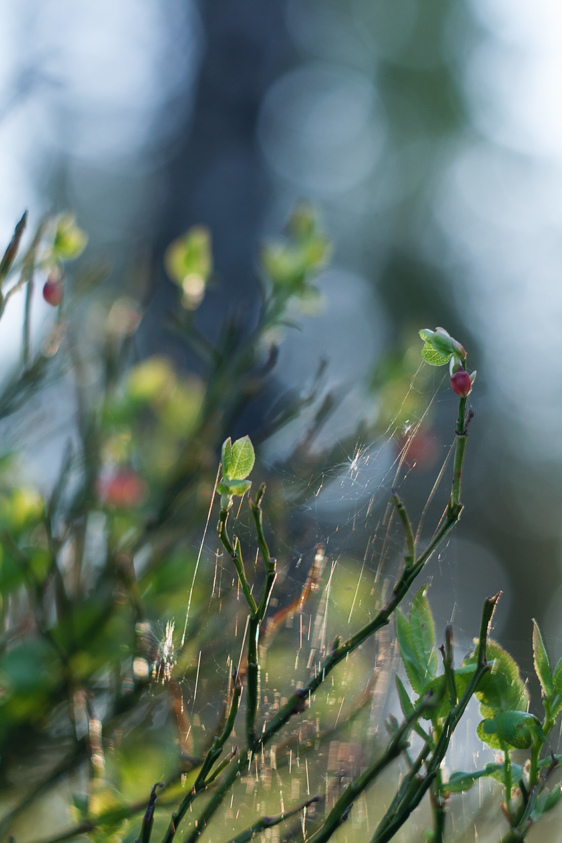Review of MC Helios 44-3 58mm/f2
I suspect that many photographer frowns when I put on of my old MC Helios-lens. It is manufactured in BeLOMO, Minsk in the early 80’s 90’s. Surely it can’t be any good?

The states of the former Soviet union actually made a lot of good camera equipment, and what I’m going to write about now is a copy from a Carl Zeiss-factory that ended up in the Eastern block after the war and “moved” to Russia. Helios is a Carl Zeiss Biotar-copy. Lets see how it handles…
My purchase
I won the bid for a Zenit ET camera, a flash and Helios lens on Tradera (Swedish ebay). The winning bid was for SEK 100 (about £8.30). The advertisement said nothing about the lens and the markings on the lensfront was shielded by lenscap. After Google on camera model Zenit ET revealed that the camera had standard MC Helios 44-3 58mm / 2 (it could also have been equipped with Industar-lens). Since earlier I knew that Helios-lenses is appreciated internationally.

About the lens
MC Helios (ГЕЛИОС) 44-3 58mm / 2 was produced as mentioned at BeLOMO in Minsk (Belarus). It has M42-thread, and thus fits my adapter to EOS. Other Helios models was manufactured in (KMZ) Krasnogorsk / Moscow or elsewhere.

It is a preset lenses, which means that it has two rings to deal with the aperture. It can be confusing before you know how it works. You set the aperture before taking the picture, but when you focus you would like to have more light – so you can open up completely with the other aperture ring. Robust, good minimal focus distance, flexible rings. On the EOS the focal length equivalent is (58mm * 1.6) 92.8 mm.

Somehow this lens makes me to think of Soviet tanks from the Second World War (like the T-34), built to hold through the Russian winter and puts function before the feature (as opposed to the German tanks which froze in the snow). This lens is sharp, durable and does what it should.
Opinion
I have used this for quite a while now, actually. I have tried it in many different situations, I find it sharp with very good bokeh. Colours are most often good, only encountered some very bright light when colours feelt a little washed out (but in that circumstance, it could have been the case with any lens). I think it’s a good idea to use a lenshood.
Images
The images are shot over time since march this year. I’ve tried to make a set which show different motifs for the lens. I often use it at big aperture because I really like it’s bokeh. The blue window image uses a high grade polarizer.







3 replies on “Review of MC Helios 44-3 58mm/f2”
Hi,
Thanks for writing is.
Very nice work, and helpful.
I bought a copy of this lens a few years ago. It had been professionally modified to have a Nikon F mount. I have generally had good results with it. On a Nikon D700 or D7100 you can use A or M modes, and set the non-CPU lens to 58mm, F/2 to give proper exposure control. The dual aperture rings allow accurate focusing, then you can stop down quickly and easily by twisting the ring. It does have a unique swirly bokeh which I don’t like that much. Like a lot of lenses of this vintage and manufacture it has a distinct character which makes for interesting images.
I own 3 copies of this lens I have once bought with Zenits ET. All 3 are very good performers at least from aperture 2,8. But 2 is also nice. I think they slightly differ between each other, but it is very hard to say, which is the best. So I still have them all :). I do not make serious tests. Just take pictures and watch. If I like, what I see, I like the lens. Simple. They have very nice colours, rich but still natural and are sharp. Out of focus area is very nice. I do not need more. If You don’t have one, buy one (at least).